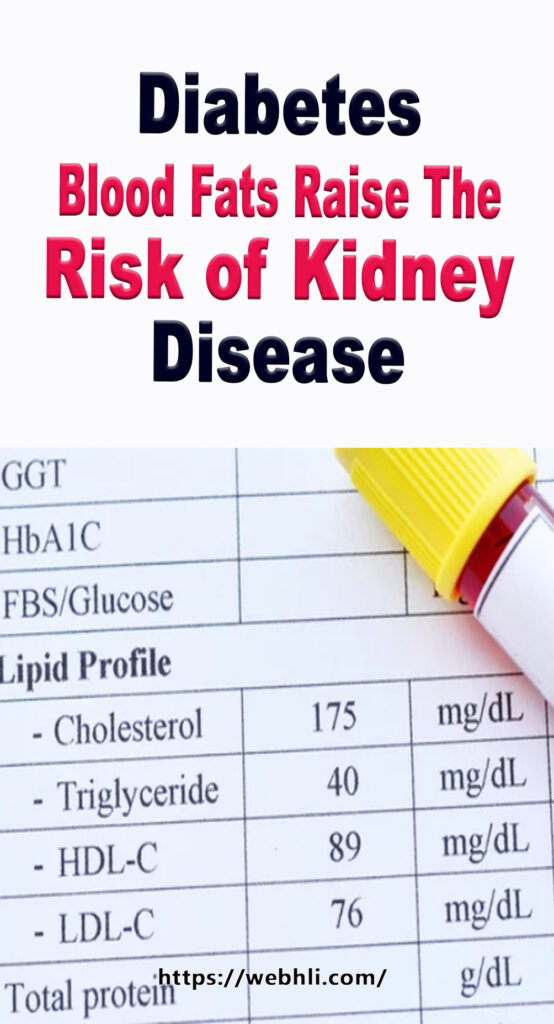
Chronic kidney disease is a severe complication of Type 2 diabetes. Plasma triglycerides, or blood fats, tend to be high in many people who have been diagnosed with Type 2 diabetes. Could there be a connection? Scientists at Khon Kaen University in Thailand and several other research facilities in the United States, United Kingdom, and Australia, have found a link between the two. Their work was reported on in February of 2018 in the journal Diabetes Research and Clinical Practice. A total of 3,748 people with Type 2 diabetic were compared...
WHAT IS THE BEST DRINKS FOR YOUR KIDNEYS
How Lemon and Lemon Water Can Help Reverse Diabetes
Urinary Tract Infection Home Cure
Control Your Diabetes Better With These Helpful Tips
Gastroparesis - A Challenge to Control
Blood Sugar Control and Diet - A Plan to Reverse Diabetes
Diabetes Natural Home Remedies – Worth a Try?
Can Magnesium Prevent Diabetes?
Zinc Shown to Promote Insulin Production In Diabetics
- many of the participants - 83 percent, had poorly controlled blood sugar levels, and
- 51 percent had high levels of blood fats.
Chronic kidney disease was seen in 27 percent of these participants...
- those who had slightly high blood fats were 24 percent more likely to have chronic kidney problems than those with normal blood fat levels.
- the participants with higher levels of blood fats had a 52 percent higher risk of chronic kidney disease, and those with the highest concentrations of blood fats had more than three times the chance.
From these results, the researchers concluded plasma triglyceride measurements should be part of the routine management to prevent chronic kidney disease developing in anyone who has been diagnosed with Type 2 diabetes.
The National Kidney Foundation in the United States lists Type 2 diabetes as being a significant risk factor for chronic kidney disease. About 8 percent of newly diagnosed diabetics have some degree of kidney damage...
- as Type 2 diabetes progresses, the risk of kidney disease rises. Eventually,
- an estimated 10 to 40 percent will develop kidney failure.
Plasma triglycerides can clog the arteries leading to the kidneys cutting down their blood supply and causing damage. Fortunately, this is preventable. A healthy triglyceride level is 150 to 200 mg/dL...
- a measurement over 200 mg/dL is considered high, and
- 500 mg/dL is considered alarmingly high.
To lower or maintain normal plasma triglyceride levels...
- attain and keep a healthy lean weight, with a body mass index (BMI) of <25 kg/meter squared,
- begin a fitness program and set realistic goals,
- live smoke-free; quit smoking,
- do not overdo drinking alcohol. When your blood sugar is stable its best to not drink over one drink a day for women, or two for men,
- eat a low carbohydrate diet,
- take your prescribed medications as directed,
- do not take over-the-counter pain medications without consulting with your doctor first, and
- report all medications you are taking, prescribed or over-the-counter, to any doctor you visit.
Type 2 diabetes is not a condition you must just live with. By making easy changes to your daily routine, it is possible to protect your heart, kidneys, eyes and limbs from the damage often caused by diabetes, and eliminate some of the complications you may already experience.
WHAT CAN YOU EAT IF YOU HAVE DIABETES
Good Energy Food for Diabetics
10 Simple Food Concepts Every Person Living With Diabetes Should Know
Making Cheesecake For Diabetics
Enjoy the Taste and Benefits of Diabetic Foods
Will The Mulberry Leaf Help Your Diabetes?
For nearly 25 years, Beverleigh Piepers has searched for and found a number of secrets to help you build a healthy body. Go to http://DrugFreeType2Diabetes.com to learn about some of those secrets.
The answer isn't in the endless volumes of available information but in yourself.
Article Source: http://EzineArticles.com/9915980



 Protected by Patchstack
Protected by Patchstack